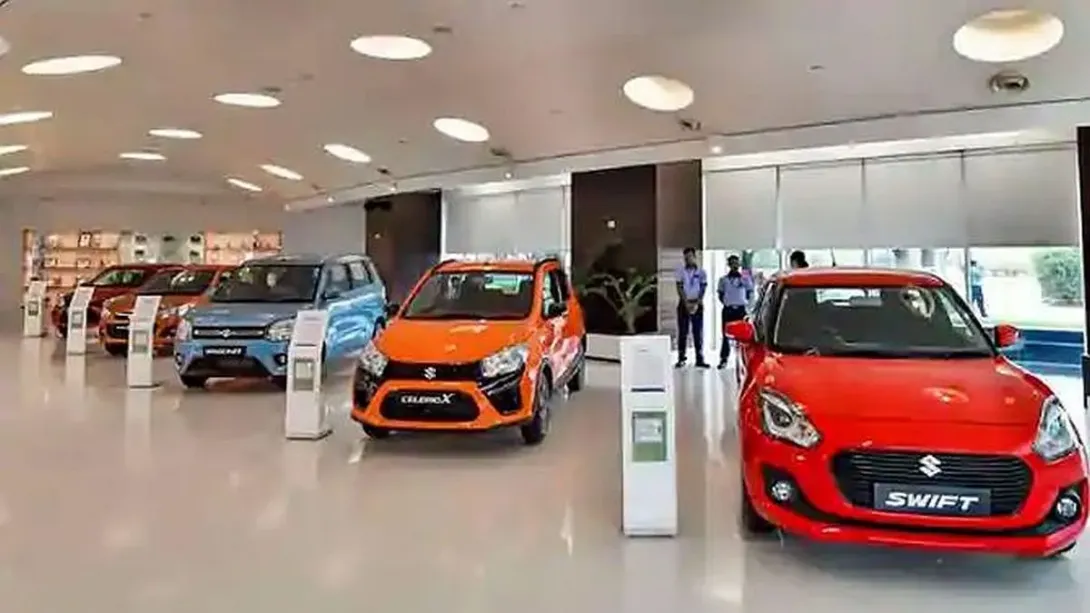India’s passenger vehicle market witnessed a sharp slowdown in August, with sales falling 9 percent year-on-year, according to the Society of Indian Automobile Manufacturers (SIAM). The decline reflects weaker consumer sentiment, rising ownership costs, and subdued demand in both urban and rural markets. While automakers had anticipated festive-season optimism, the August figures highlight challenges such as high interest rates, inflationary pressures, and uneven monsoon rainfall impacting rural purchasing power. The downturn raises questions about the sector’s near-term trajectory, even as the industry banks on upcoming festivals and new model launches to revive momentum.
---
Decline in Passenger Vehicle Sales
Passenger vehicle sales totaled significantly lower in August compared with the same month last year, marking one of the steepest monthly drops in recent quarters. The contraction underscores softening demand for entry-level and mid-segment cars, which are highly sensitive to shifts in consumer affordability. Industry executives point out that the slowdown was broad-based, affecting hatchbacks, sedans, and even select SUV models, despite the latter remaining comparatively resilient.
---
Factors Behind the Weakness
Multiple economic and structural factors contributed to the decline. Elevated borrowing costs have discouraged potential buyers, particularly in price-sensitive segments. Persistent inflation in essential goods has further squeezed household budgets, limiting discretionary spending on vehicles. In rural markets, uneven monsoon rainfall has dampened farm incomes, traditionally a key driver of two-wheeler and entry-level car demand. Together, these dynamics created headwinds for auto manufacturers already grappling with high input costs and intense competition.
---
Industry Response and Short-Term Outlook
Automakers are pinning hopes on the upcoming festive season to reverse the downward trend. Traditionally, this period brings higher footfalls in showrooms as consumers align purchases with auspicious occasions. Manufacturers have lined up new launches, attractive financing options, and promotional offers to stimulate demand. However, analysts caution that the success of these measures will hinge on broader economic conditions, including easing inflationary pressures and potential policy support to boost consumption.
---
Broader Market Implications
The slump in passenger vehicle sales carries wider implications for the auto industry, which plays a vital role in employment generation, manufacturing activity, and ancillary sectors such as components and financing. A sustained downturn could slow the sector’s recovery momentum post-pandemic, impacting investment plans and production schedules. Conversely, a revival led by festive sales would reaffirm the industry’s resilience, though structural challenges such as affordability and rural income disparities will continue to shape long-term growth prospects.
---
Conclusion
The 9 percent decline in passenger vehicle sales in August underscores the fragile balance between consumer demand and economic headwinds. While the industry remains optimistic about a rebound in the festive months, the recent figures serve as a reminder that India’s automotive growth story is closely tied to macroeconomic stability and household purchasing power. For manufacturers, navigating this volatility will require a mix of innovation, competitive pricing, and adaptability to shifting consumer preferences.

Comments